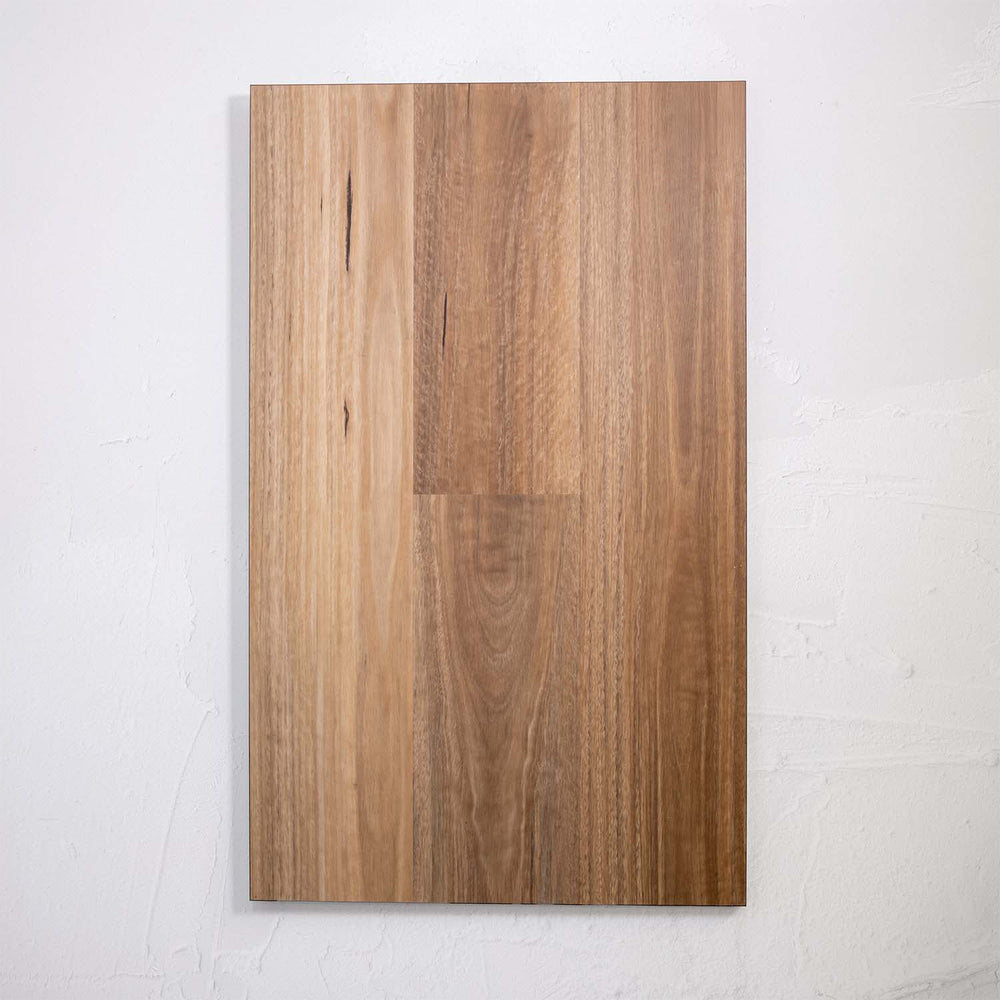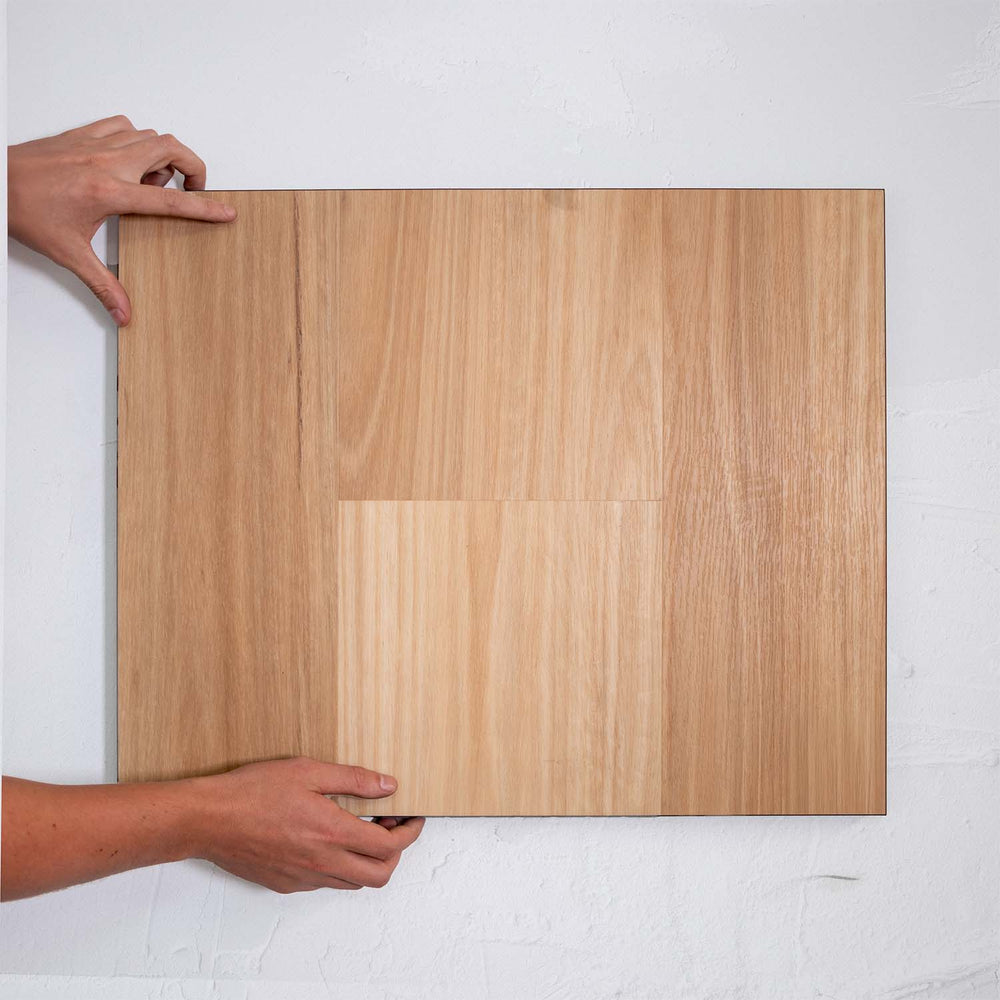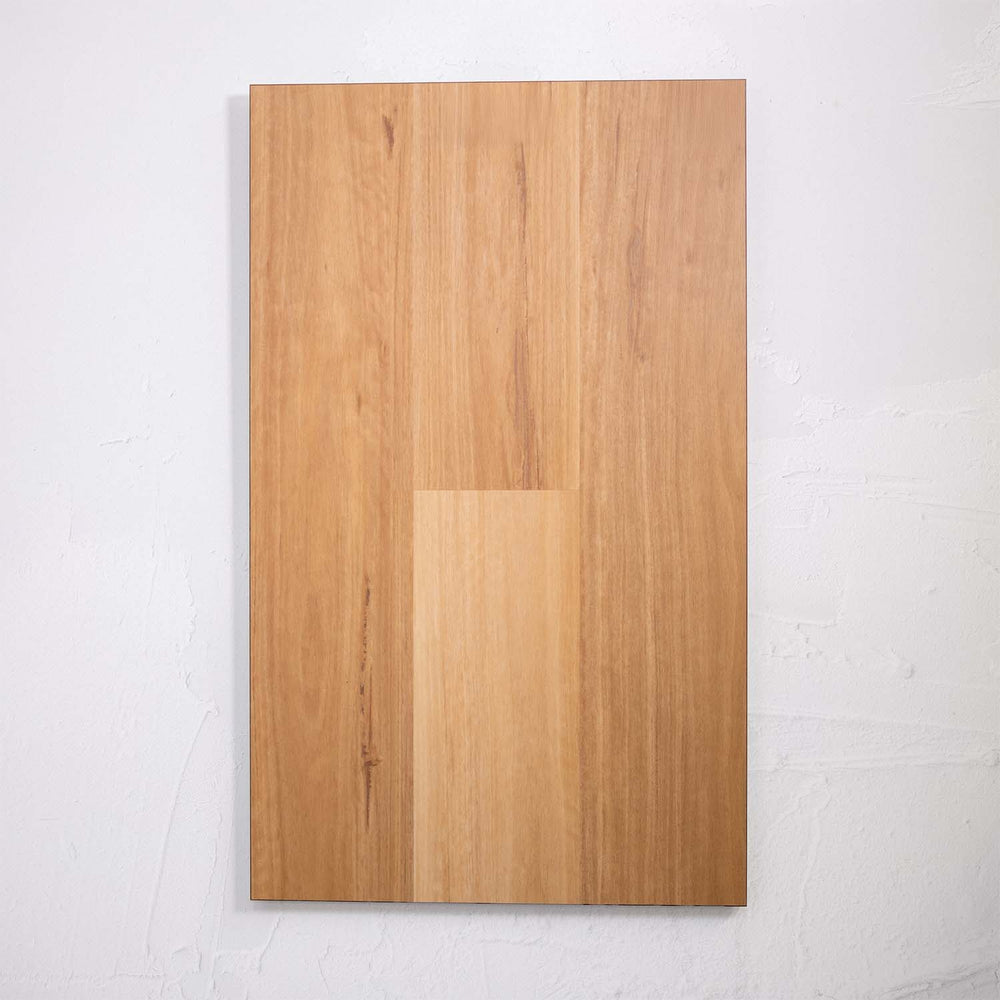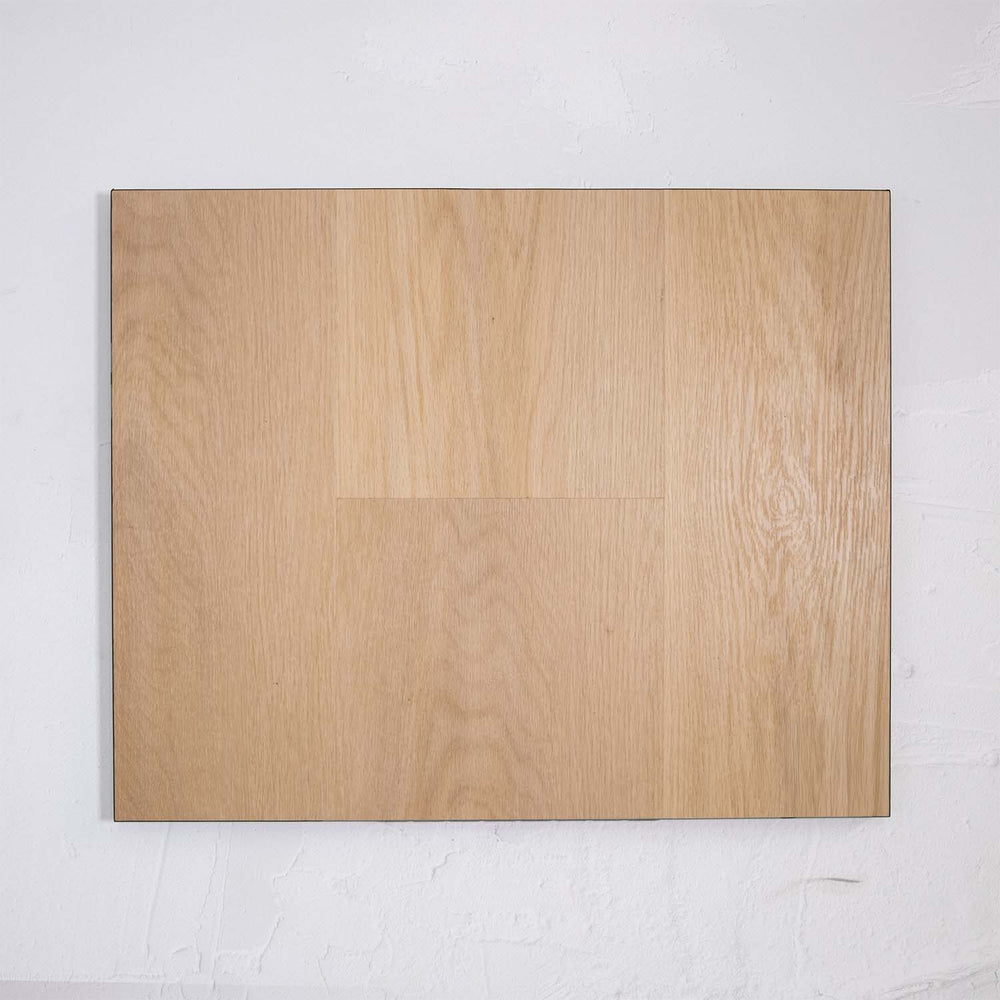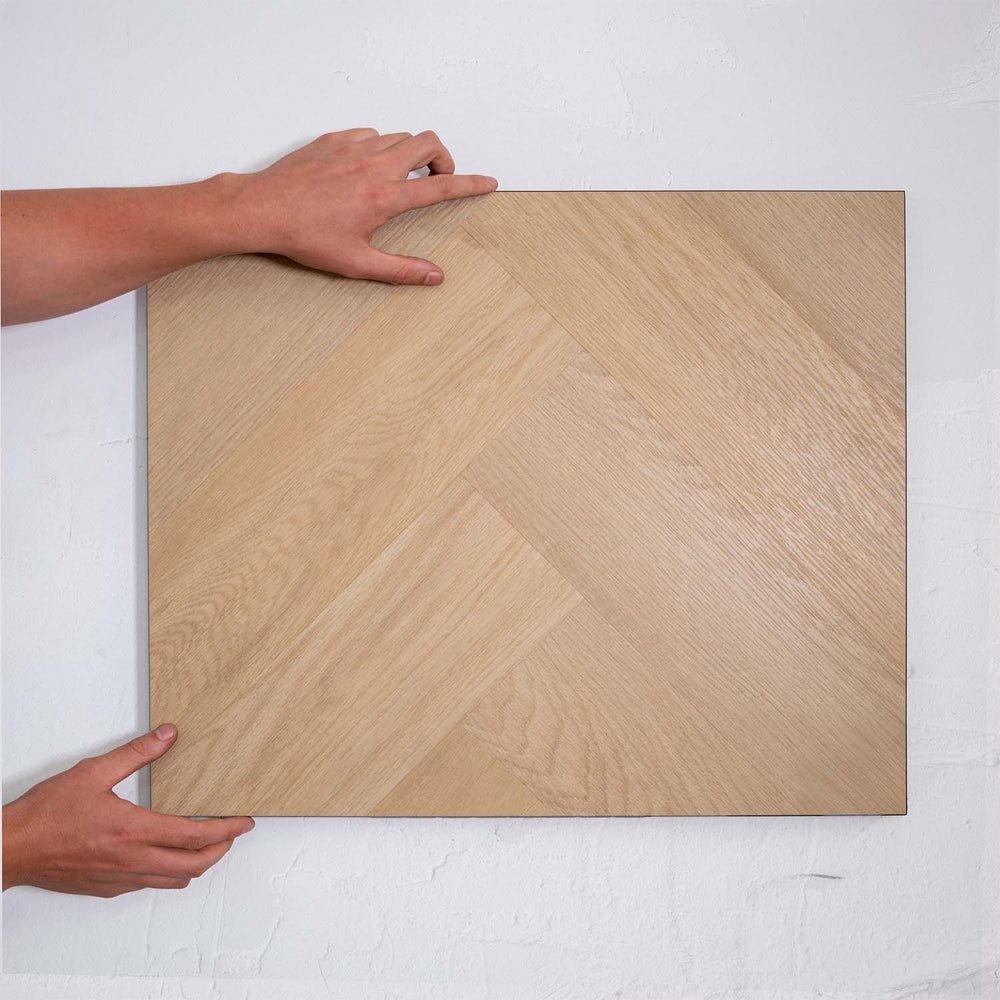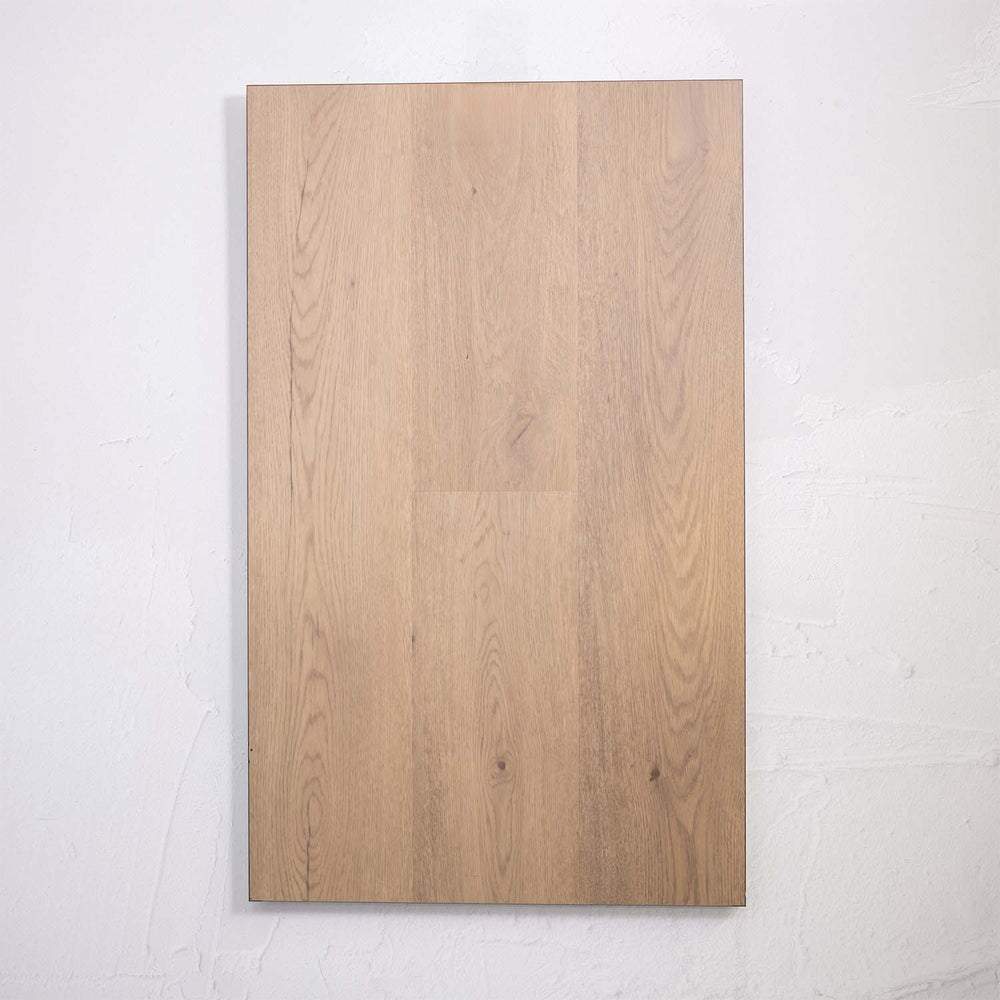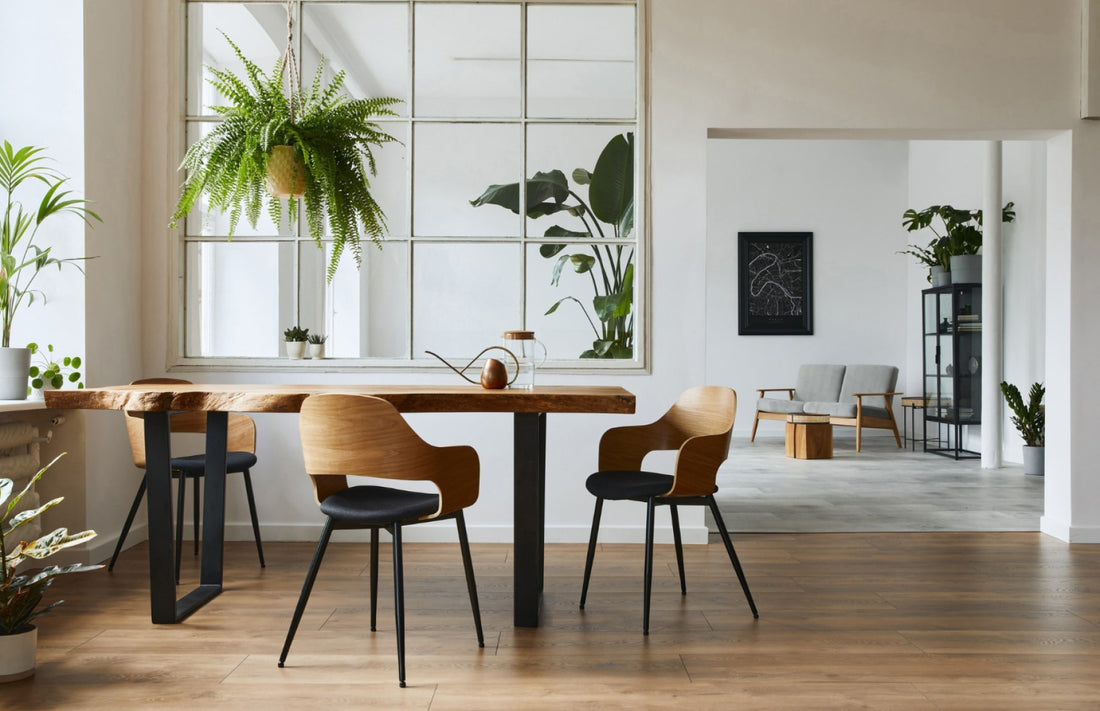

Is Hybrid Flooring Good
Many homeowners ask, is hybrid flooring good for modern living? The answer is yes. Hybrid flooring blends vinyl and laminate technology to deliver durability, waterproofing, and beautiful timber looks. It’s ideal for stylish interiors where practicality matters. Whether you’re updating your living areas or transforming a commercial space, hybrid flooring offers a versatile solution. Explore our hybrid flooring range to see the diverse colours and textures available, perfect for modern Brisbane and Gold Coast homes.
 Fast delivery
Fast delivery
 $15 Sample boxes
$15 Sample boxes
 20 Years* residential warranty
20 Years* residential warranty


The Benefits That Make Hybrid Flooring a Great Choice
If you’re wondering, is hybrid flooring good for busy families or high-traffic areas, the benefits speak for themselves. Hybrid floors are 100% waterproof, scratch-resistant, and incredibly durable. They’re ideal for households with pets or children. Plus, the authentic timber designs bring warmth without the high price of hardwood. Check out our blog on hybrid flooring advantages to learn why it’s such a popular choice for Australian homes seeking both beauty and resilience.
SPC Hybrid Flooring
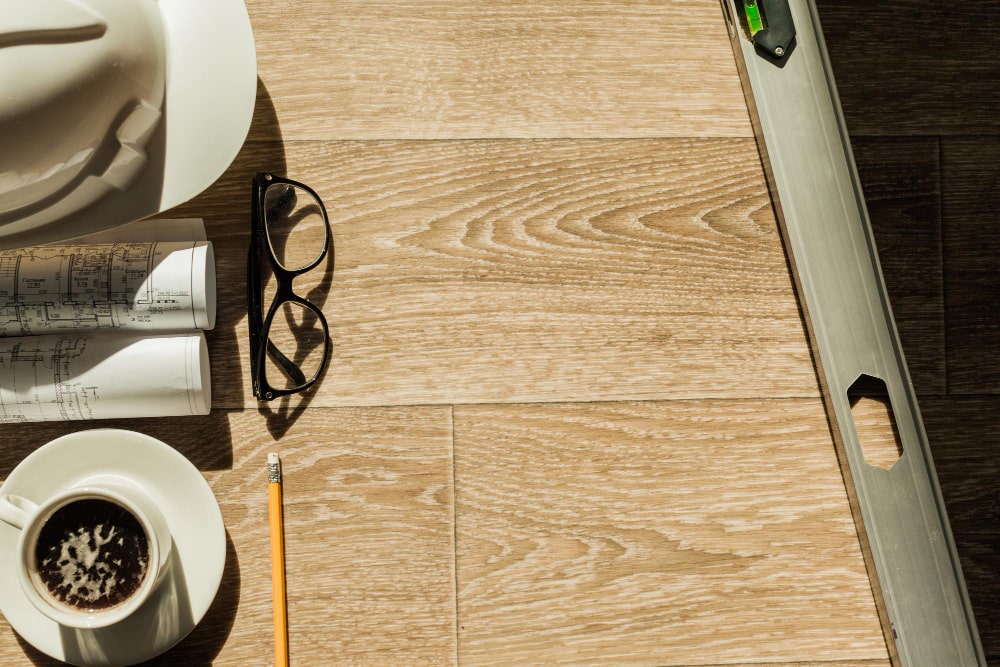

Is Hybrid Flooring Good for DIY Installation?
Easy Click-Lock Systems
Another reason people ask, is hybrid flooring good is the easy DIY installation. Many hybrid floors feature a click-lock system, allowing planks to snap together without glue or nails—saving time and labour costs.
Installing Over Existing Surfaces
Hybrid flooring can often go over existing tiles or timber, provided the subfloor is level and clean. This makes it an excellent choice for renovations across Brisbane and beyond. Visit our installation FAQ to learn how hybrid flooring simplifies your renovation process.


Looking for an install?
At Hybrid Floors Australia, we offer complete flooring installation services. Take the stress out of your renovation — our experienced team handles everything for you. We work with fully licensed QBCC flooring professionals who bring over 20 years of industry expertise to every project.
Spc Flooring
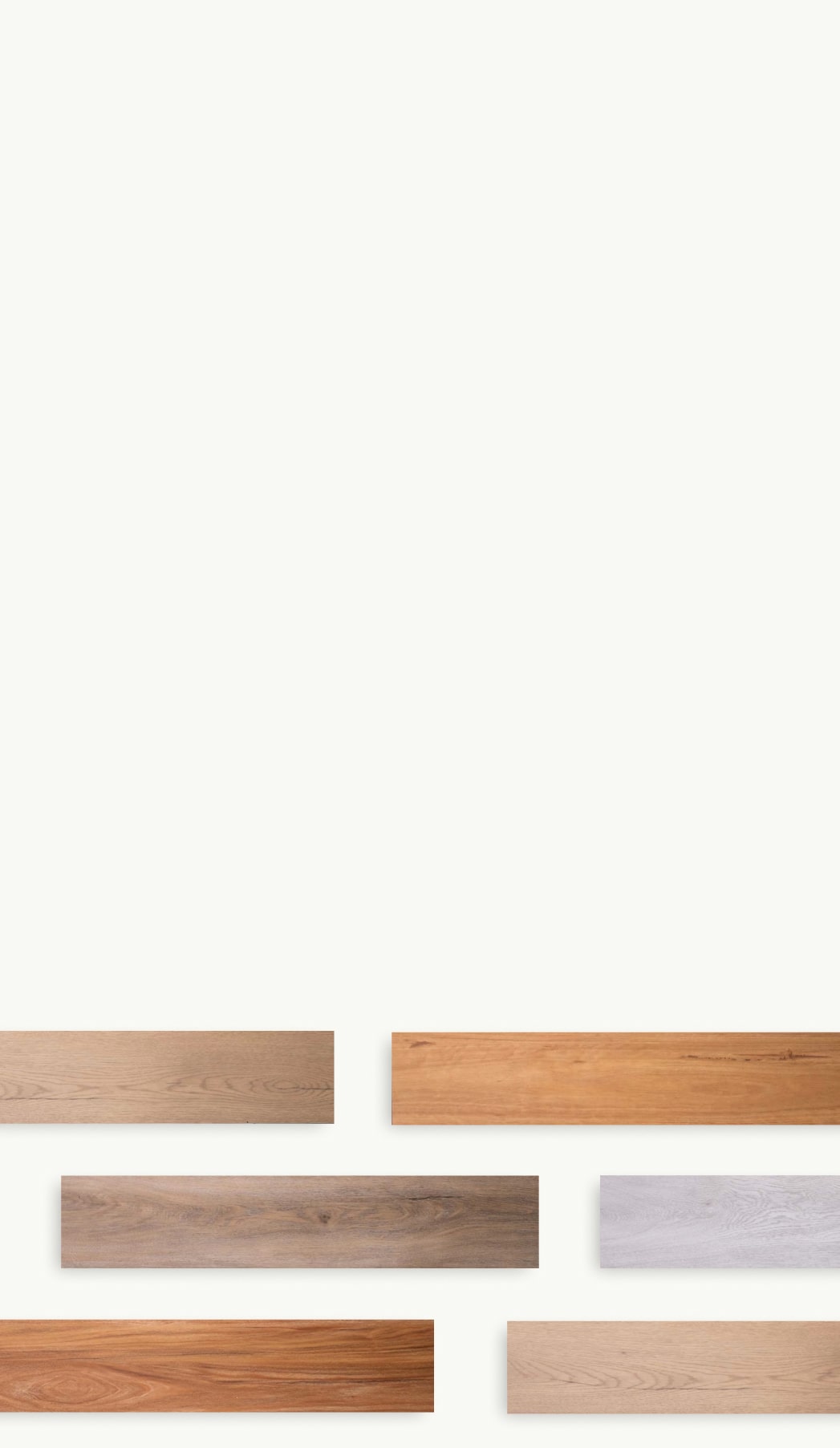

Final Verdict: Is Hybrid Flooring Good?
So, is hybrid flooring good? For most homeowners, the answer is a clear yes. It’s stylish, practical, and budget-friendly. With realistic timber looks, waterproof durability, and easy installation, hybrid flooring ticks all the boxes. Whether you’re updating a single room or an entire property, explore our hybrid collections for inspiration. Have more questions? Reach out via our contact page for expert help choosing the perfect hybrid floor for your home or business.


Simple Daily Cleaning
Is Hybrid Flooring Good for Low Maintenance?
Wondering, is hybrid flooring good for easy cleaning? Absolutely. Hybrid floors require minimal upkeep. A regular sweep or vacuum removes dust, while a damp mop and gentle cleaner keep them looking fresh. Our care guide has more details on keeping your floors pristine.
Long-Term Durability
Hybrid flooring is built to resist stains, fading, and scratches, making it perfect for high-use areas. Check our blog about hybrid durability for insights into why it’s a great investment for busy households.
Frequently Asked Questions
Yes! Hybrid flooring is 100% waterproof, making it a great choice for wet areas like kitchens, bathrooms, and laundries. Unlike traditional laminate, hybrid floors won’t swell or warp when exposed to spills or moisture. This makes them a practical and stylish option for any space where water resistance is important.
Absolutely. Hybrid flooring is highly durable and scratch-resistant, making it perfect for busy households with pets or children. Its tough wear layer protects against scuffs, claw marks, and spills, while still offering a comfortable feel underfoot. Hybrid floors give you peace of mind without sacrificing beautiful timber-look aesthetics.
Yes, hybrid flooring is ideal for DIY projects. Most hybrid floors feature a simple click-lock system, allowing planks to fit together easily without glue or nails. This makes installation quicker and more cost-effective. Just ensure your subfloor is clean and level for the best results. Hybrid flooring is one of the most DIY-friendly options on the market.
Hybrid flooring offers excellent value for money. It’s generally more affordable than solid timber yet delivers a similar look and feel. It’s also durable and waterproof, reducing maintenance costs over time. For homeowners who want premium style without the high price tag, hybrid flooring is a smart investment.
Definitely. Hybrid flooring performs exceptionally well in Brisbane’s humid, subtropical climate. It’s stable under temperature changes and won’t warp like timber can in high humidity. Plus, its waterproof core makes it perfect for dealing with Queensland’s occasional heavy rains. Hybrid flooring is an excellent choice for homes and businesses throughout Brisbane.





